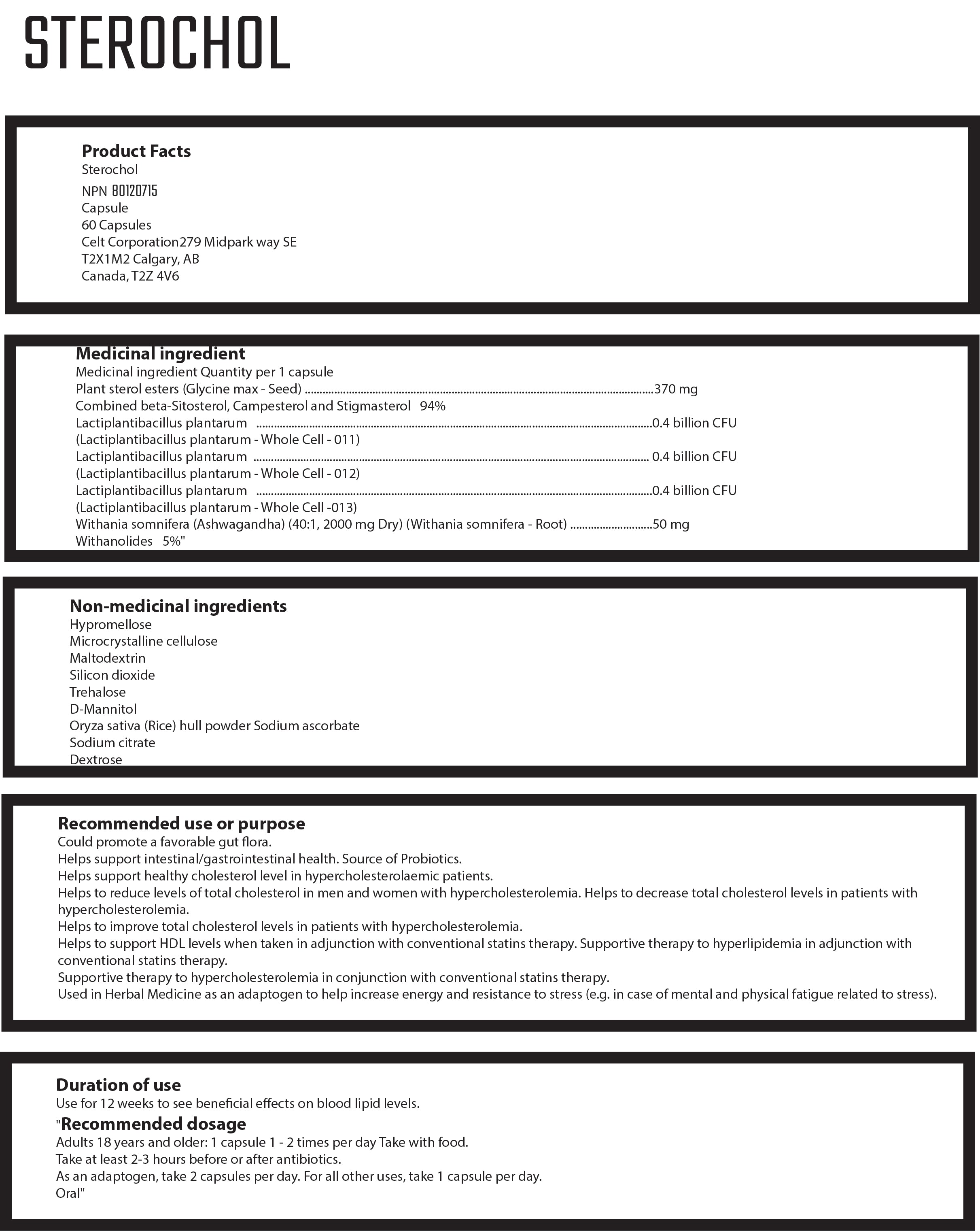SEASONAL ALLERGIES
Are your allergies a nuisance? If you’ve been living with seasonal allergies, you’ve probably resigned yourself to sniffling and sneezing your way through seasons, among other unpleasant symptoms such as wheezing, coughing, and itching in the eyes, nose, mouth, and throat.

Suffering from seasonal allergies can be miserable. Is there any relief in sight? Yes! Enjoy all seasons allergy-free by taking a daily dose of Immuno-Care and nipping those nasty symptoms in the bud!
What are Seasonal Allergies?
Seasonal allergies (also called hay fever or allergic rhinitis) develop when the immune system overreacts to something in the environment, usually during spring, summer, or fall when certain plants pollinate. Pollen is harmless, but if you have seasonal allergies, your body mistakes it for something dangerous and tries to attack it. This reaction causes a chain of unpleasant allergy symptoms.
When do seasonal allergies start?
It’s possible to experience seasonal allergies year-round. Different plants emit their respective pollen at different times of the year. Depending on your allergy triggers and where you live, you may experience hay fever during more than one season.
Seasonal Allergies Treatment and Symptom Relief with Immuno-Care
Seasonal allergies aren’t something you just have to live with. By minimizing exposure to allergens and using Immuno-Care, you can balance your immune system and accomplish the goal of symptom relief.
How does Immuno-Care help with seasonal allergies?
Treating seasonal allergy symptoms is one of the many benefits of using Immuno-Care. Allergies are the result of your immune system’s dramatic response to a substance. While you may think you need to “boost” your immune system to minimize or prevent symptoms, you actually need to “regulate” it. Immuno-Care “down-regulates” your immune system when it’s overreacting, like when you’re suffering from seasonal allergies.
Benefits of Immuno-Care
What else does Immuno-Care do to fight allergies and accomplish symptom relief?
Reduces basophils levels
Basophils are white blood cells produced in the bone marrow that play a role in keeping the immune system functioning correctly, also involved in producing histamine, which causes allergic reactions. If basophil levels are too high, it may be a sign of an allergic reaction. A double-blind, placebo-controlled clinical study conducted on the effects of Celt Naturals Immuno-Care in allergic individuals demonstrated that users experienced a 96% decrease in basophils over a 28-day period, thanks to being rich in flavonoids and other polyphenols – natural compounds that have significant anti-inflammatory activity.[1]
The release of histamine can also lead to asthma due to histamine’s ability to constrict smooth muscle. In this condition, the muscle around the airways in the lungs constricts, narrowing the airways and causing shortness of breath, or even complete tracheal closure, a medical emergency.[2]
Has antioxidant power
Flavonoids and polyphenols have also been shown to be effective at decreasing allergy symptoms. Immuno-Care contains a powerful broad-spectrum antioxidant in the form of grape seed extract. Enhanced with phytosome technology for maximum absorption, this natural combination works synergistically with plant sterols to accomplish the goal of symptom relief.[3]
Rich in plant sterols
Since plant sterols have the capacity to balance the immune system, a reduced amount of plant sterols in the diet may present as allergies, among other issues. Immuno-Care is the only supplement that contains 300 mg of plant sterols to nutritionally support the lungs and respiratory system – an imperative when suffering from seasonal allergies.
- Pilot Clinical Trial on Celt Naturals Immuno-Care®. Laidlaw M. Dept of Human Nutraceutical Res, University of Guelph, March 2005.
- The Role of Basophils in Allergic Disease. Knol, Mul et al, Eur Respir Jnl Suppl. 1996 Aug. 22:126s-131s.
- Flavonoids and Related Compounds as Anti–allergic substances. Kawai, Hirano et al, Allergol Int. 2007 June;56 (2):113-23.


